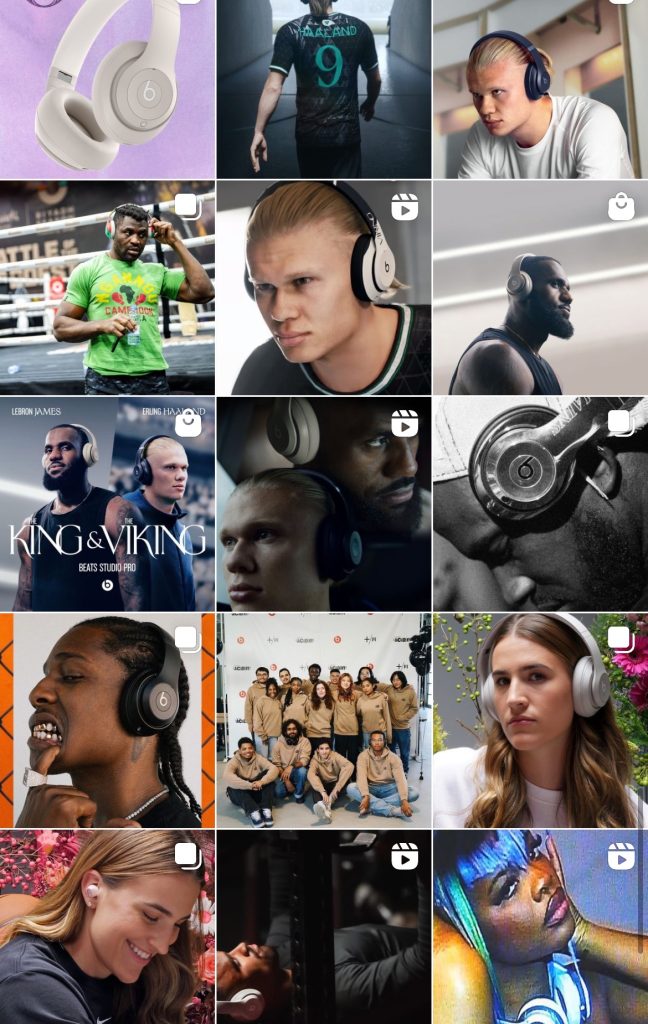In the digital age, the construction of identity has undergone profound shifts. As we navigate the intricate web of social media, online communities, and virtual interactions, our identities become multifaceted, complex, and ever-changing. The digital world provides users with a platform to manage and build their identities or personas, blurring the boundaries between real and virtual.
One aspect of this construction is the carefully designed persona or personality of oneself in the virtual digital world. The way people present themselves often highlights specific aspects of their personality, experiences, and interests that they value. For example, social media profiles become canvases for self-expression, allowing individuals to showcase aspects of their choosing.
However, the digital landscape is not just a realm of authenticity. Algorithms, echo chambers, and peer pressure play a significant role in shaping digital identity. The desire for likes, shares, and comments can lead to conformity and self-censorship. In the pursuit of validation, individuals may find themselves adapting to online norms and trends, sometimes at the expense of their authentic selves.
Of course, it is not limited to individuals. The same is true for companies. Many business empires are inseparable from a good personality.

For example, Beats headphone company, Beats headphone was founded by well-known music producer Dr. Dre and music producer Jimmy Iovine.
In 2011, Beats’ market share accounted for 64% of the U.S. market share. In 2012, Beats’ market value reached one billion U.S. dollars. Among the ten most successful headphone brands recently selected by Brand View in 2017, Beats ranked first, surpassing the traditional four major headphone brands (Sennheiser, Goethe, Beyer, and AKG).
During the product development process, beats discovered a market with great potential from a unique perspective. However, the pursuit of technology by major headphone manufacturers, including Beyerdynamic, Sennheiser, AKG and Goethe, has reached a level that is difficult to surpass. Therefore, beats started with appearance and defined headphones as electronic fashion that can be worn on the body. Single item.

The target market of Beats can be condensed into three words: fashion, youth, and personality. And give your products the above three personalities. Online promotion includes advertising on music APPs and publishing on corporate social media accounts that are in line with the taste of the target market and corporate image. In addition to the normal development of sound quality, Beats has also entered the fashion design industry, giving its products fashionable labels and giving them different meanings other than headphones, such as fashion accessories. Beats has often made many moves to add fashionable identities to headphones, and its partners are also They are included in various fields: designer Ronnie Fieg, boutique Colette, Ferrari, Justin Bieber, Hello Kitty, Line Friends… Their common function is to make Beats headphones more high-profile, fashionable and topical. From this, the brand’s The audience base has also been greatly expanded, attracting music lovers and fashion followers. Its sound quality characteristics. Because this was a completely blank market before, and Beats’ product features can well meet the needs of these consumers, Beats can turn these young people into fans of its own brand in a relatively short period of time.
In the digital realm, identity is fluid and complex. Online personas blend authenticity with projection, shaped by algorithms and social pressures. Navigating the digital landscape challenges us to balance self-expression with integration, highlighting the dynamic nature of identity construction.

